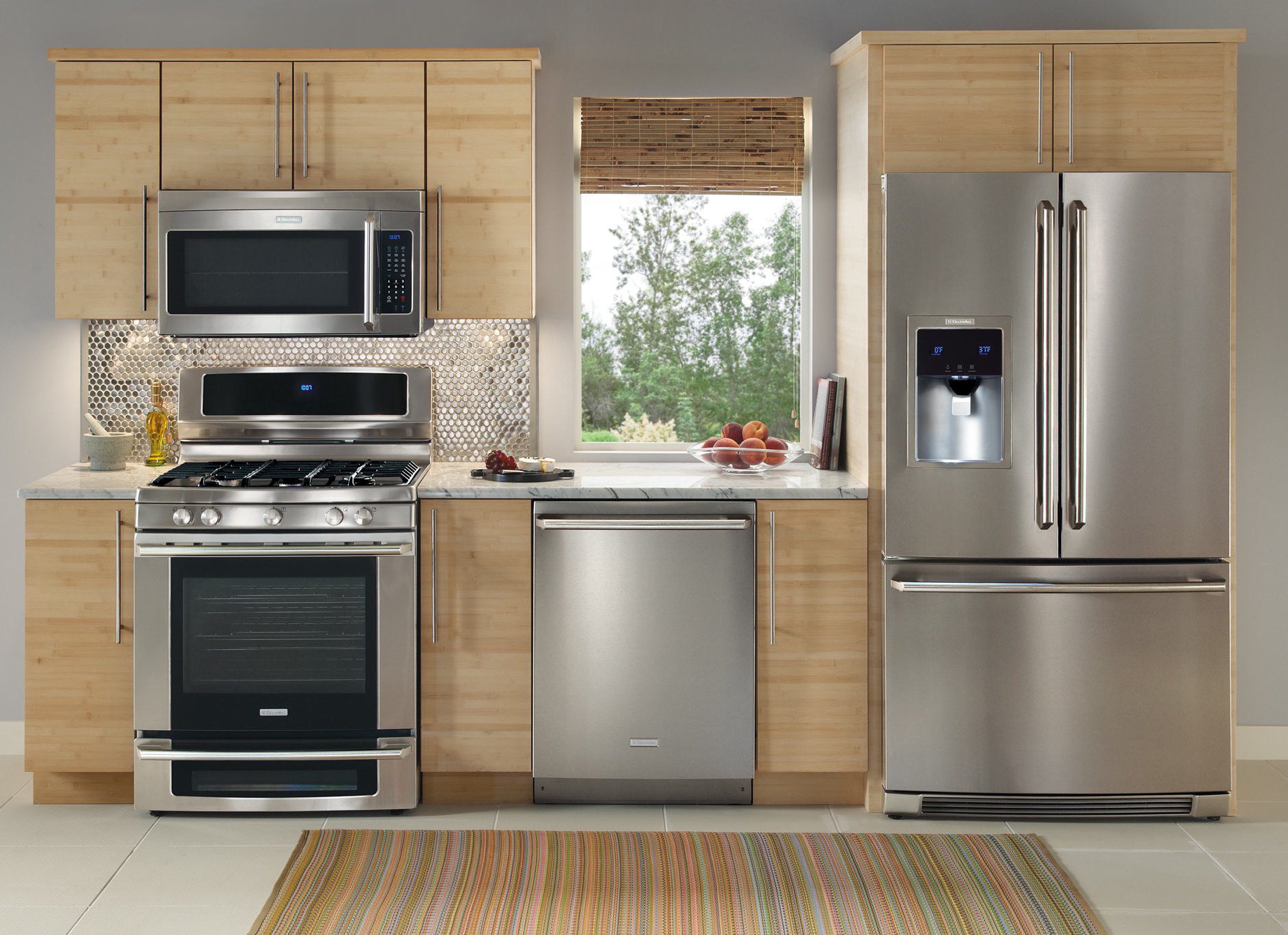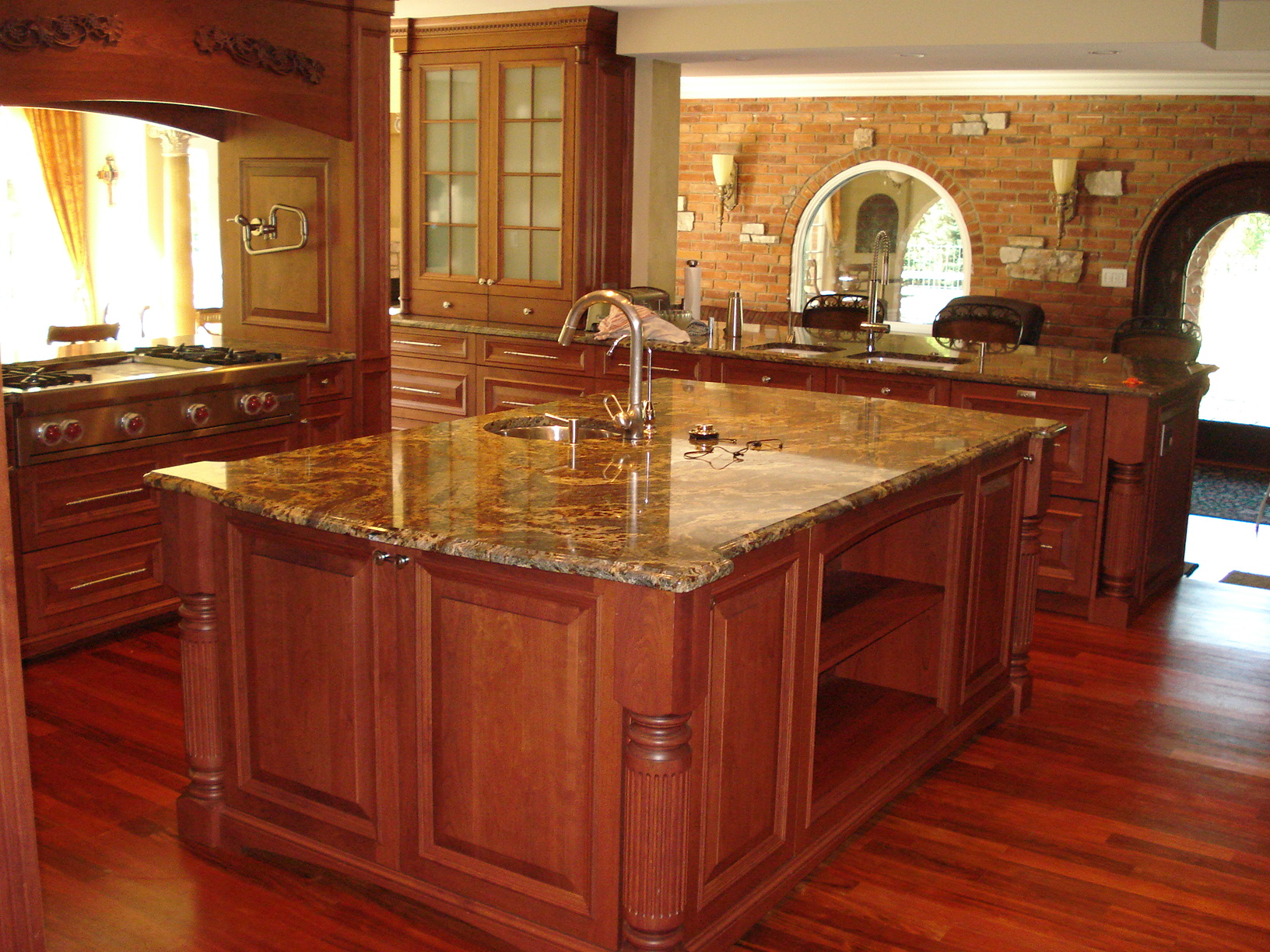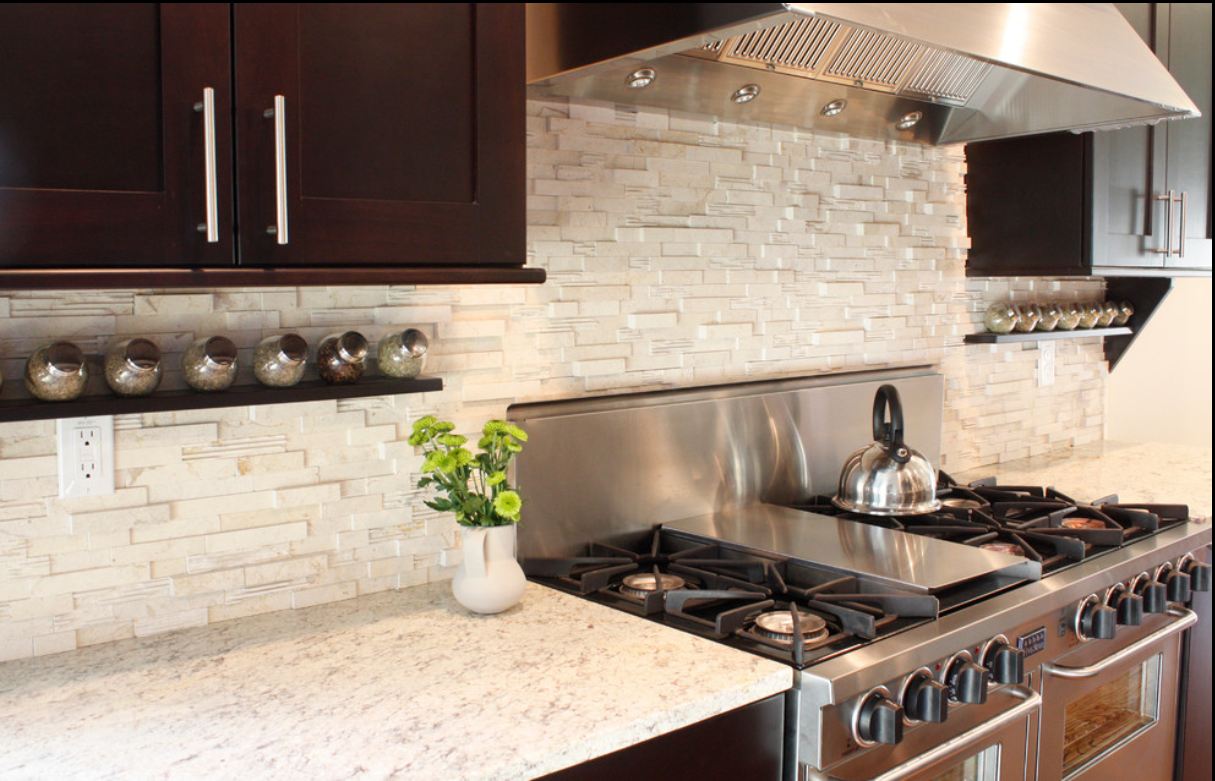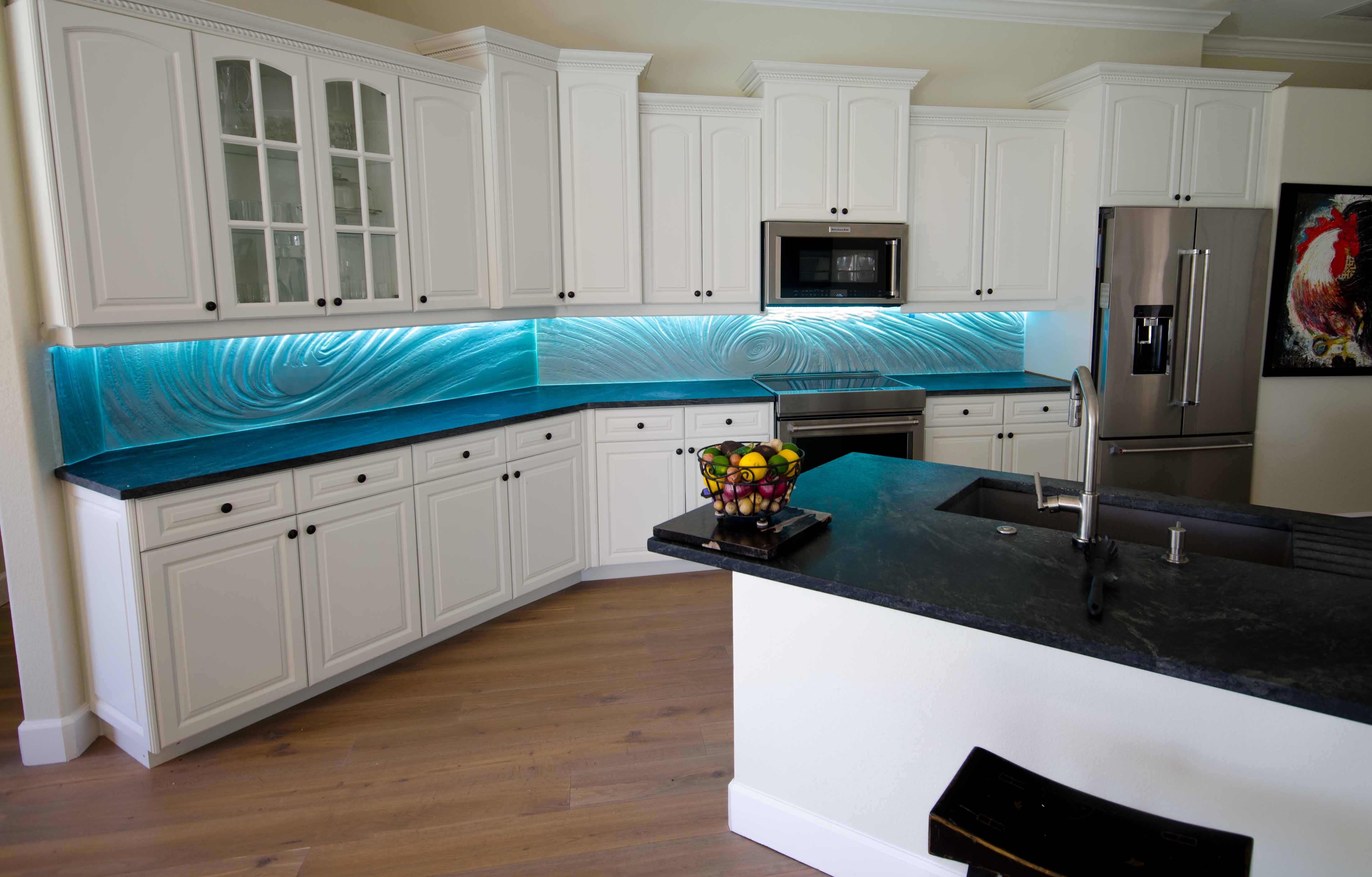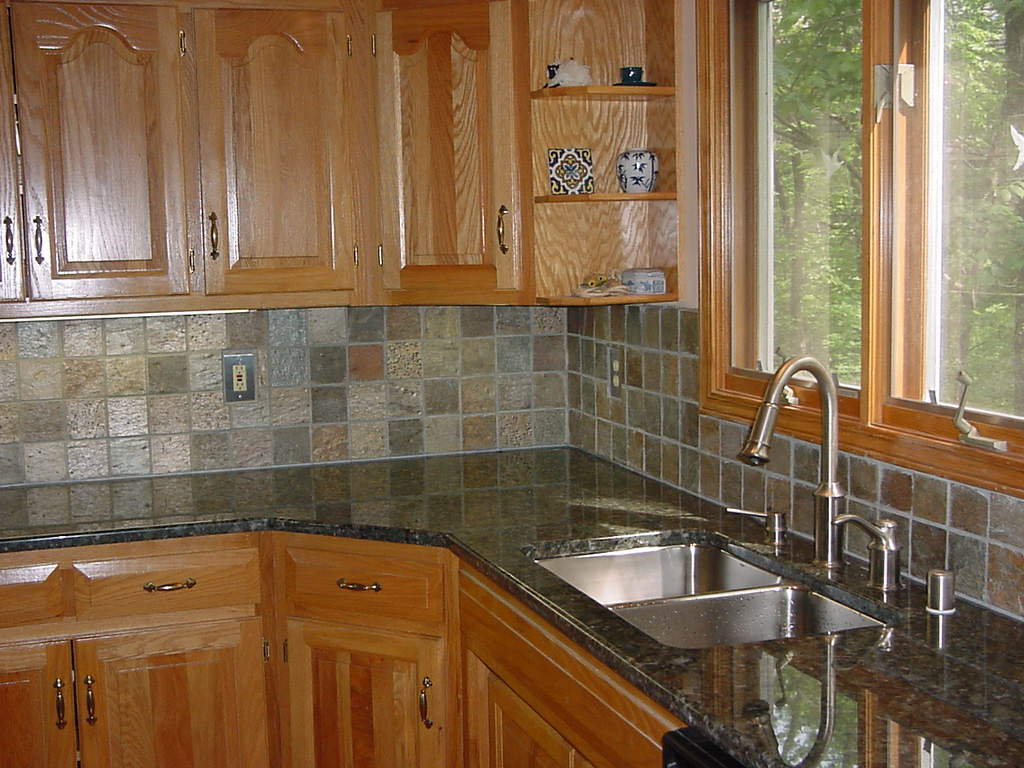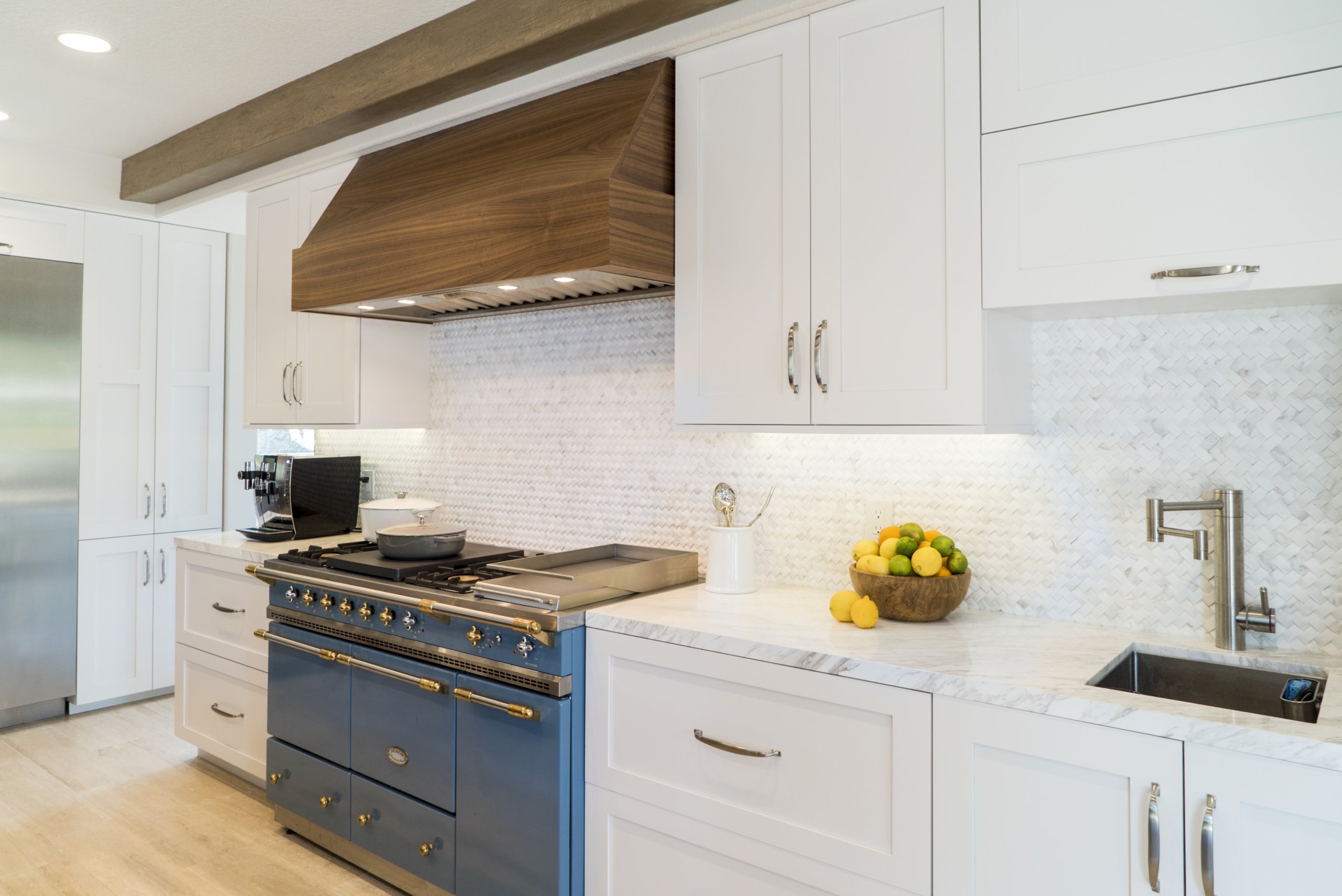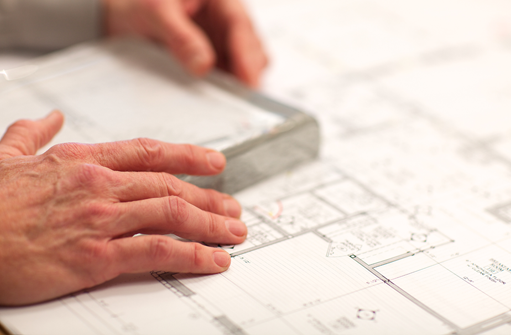The layout and flow of a kitchen are essential aspects of its design. It determines how efficient and functional the space is for cooking, cleaning, and storage. The layout should be carefully planned to ensure that the kitchen is easy to navigate and that everything is within reach. The flow of the kitchen should allow for a smooth transition between different tasks and work areas.Layout and Flow
One of the most important factors to consider when designing a kitchen is storage solutions. The kitchen is a space that requires a lot of storage for various items, including cookware, utensils, and food. Incorporating smart storage solutions such as pull-out shelves, deep drawers, and overhead cabinets can help maximize space and keep the kitchen organized.Storage Solutions
Lighting is often overlooked in kitchen design, but it plays a crucial role in creating a functional and inviting space. A well-lit kitchen makes it easier to work and cook, and it can also enhance the overall aesthetics of the space. Task lighting over work areas, ambient lighting for general illumination, and accent lighting for decorative purposes are all important to consider in kitchen design.Lighting
The choice of appliances can greatly impact the functionality and efficiency of a kitchen. When selecting appliances, consider the size, features, and placement. A stainless steel refrigerator can add a touch of modern elegance, while a gas range can provide precise temperature control for cooking. Proper placement of appliances is also crucial for a functional kitchen layout.Appliances
Countertops are not just a surface for food preparation; they also serve as a design element in the kitchen. It is essential to select a material that is durable, easy to clean, and complements the overall design aesthetic. Popular options include granite, quartz, and marble, each with its own unique features and benefits.Countertops
Cabinetry is often the first thing that comes to mind when thinking about kitchen design. It not only provides storage but also sets the tone for the overall style of the kitchen. Custom cabinetry allows for a personalized and functional design, while stock cabinetry offers a more affordable option. Consider the finish, color, and hardware when choosing cabinetry for your kitchen.Cabinetry
A backsplash is not only a functional element in the kitchen but also adds a decorative touch. It protects the walls from splashes and spills while also tying together the design elements of the kitchen. Subway tiles, mosaics, and marble slabs are popular options for backsplashes and can add a pop of color or texture to the space.Backsplash
The color scheme of a kitchen can greatly impact its overall look and feel. Whether you opt for a neutral palette or bold color scheme, it is important to create a cohesive and visually appealing design. Incorporating pops of color through accessories or accent walls can add character to the space.Color Scheme
The flooring in a kitchen is subject to a lot of wear and tear, making it essential to choose a durable and easy-to-clean material. Hardwood, tile, and vinyl are popular choices for kitchen flooring, each with its own unique benefits. It is also important to consider the color and style of the flooring to complement the overall design of the kitchen.Flooring
While often overlooked, the hardware and fixtures in a kitchen can make a significant impact on the design and functionality of the space. Cabinet knobs and pulls, faucets, and light fixtures are all elements that should be carefully selected to tie together the overall design aesthetic of the kitchen.Hardware and Fixtures
Maximizing Storage Space
/Stocksy_txpe3e124f0SNT100_Medium_1257288-59023f253df78c5456be346f.jpg)
When designing a kitchen, it is important to consider the functionality of the space. One key aspect to keep in mind is storage. Maximizing storage space is crucial in creating a functional and organized kitchen . This not only helps keep clutter at bay, but also makes it easier to access and find necessary items while cooking or baking. Pantry cabinets , pull-out shelves , and corner cabinets are great options for increasing storage in the kitchen. Utilizing vertical space by installing ceiling-high cabinets or adding hanging racks can also provide additional storage space. Customizable storage solutions such as drawer organizers and adjustable shelves can help accommodate different kitchen needs and preferences.






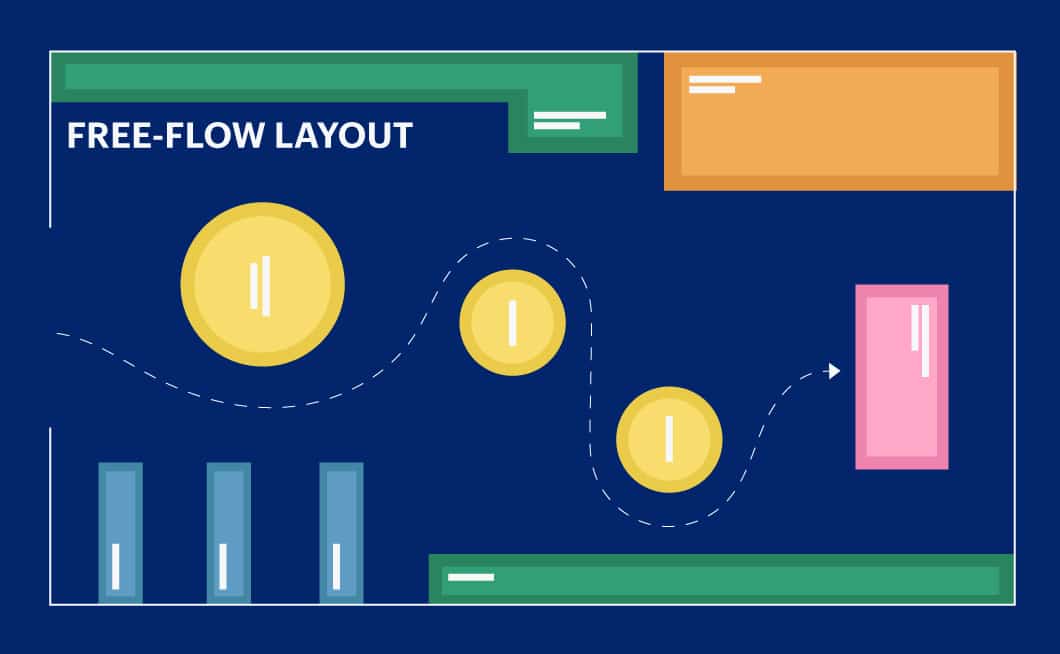






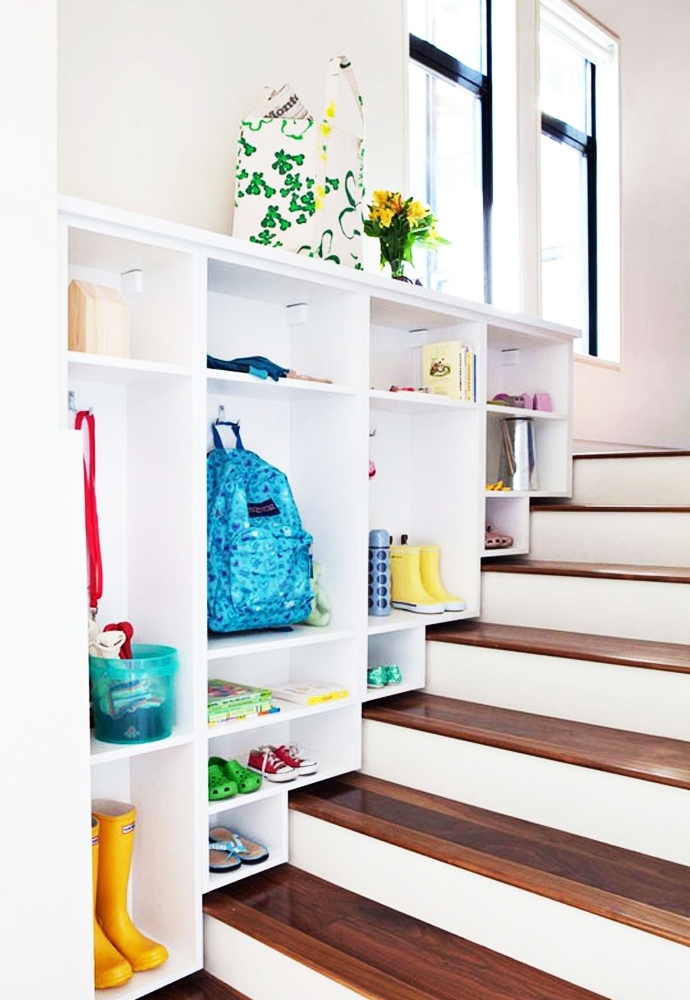
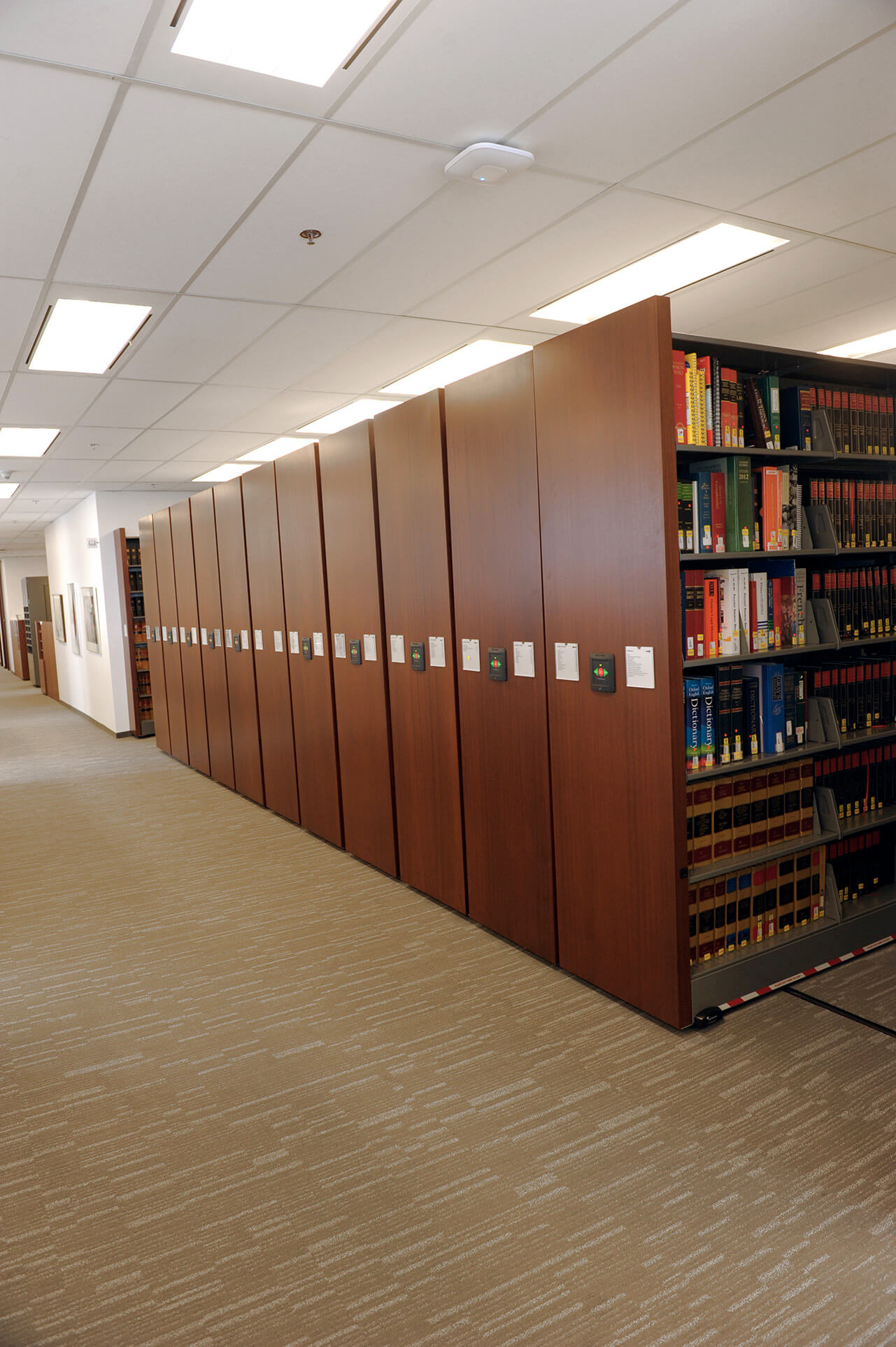

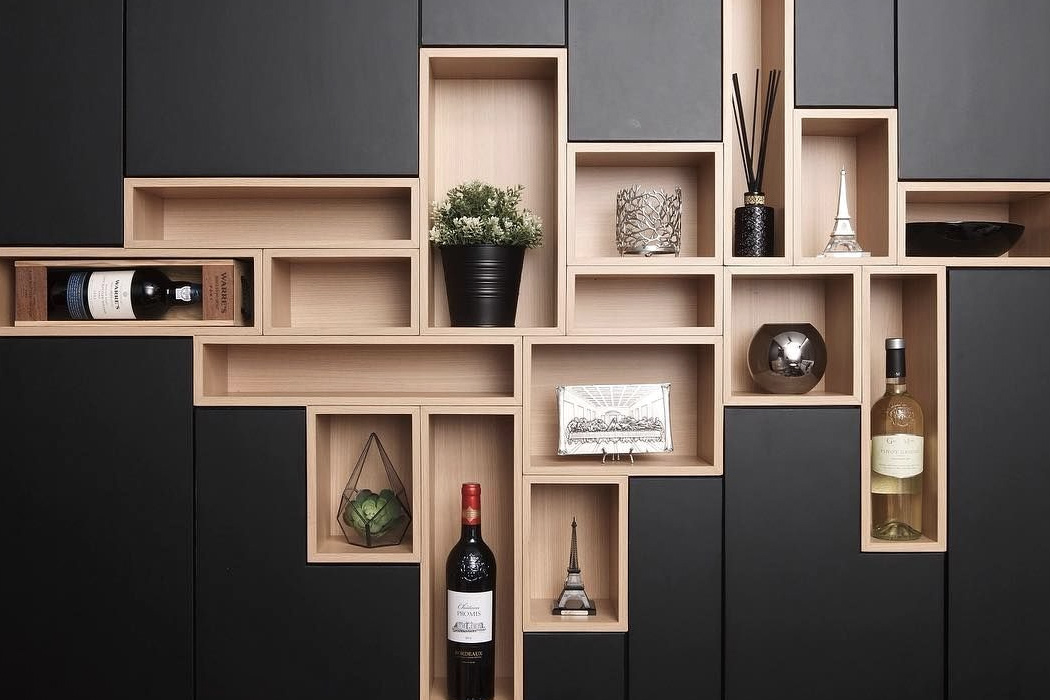




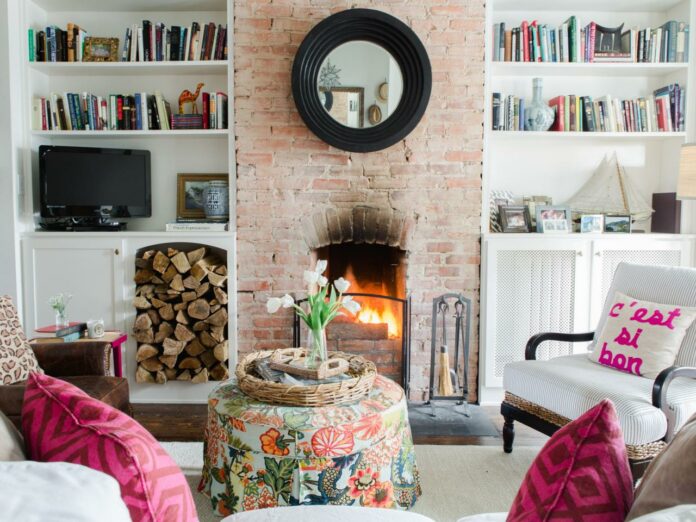
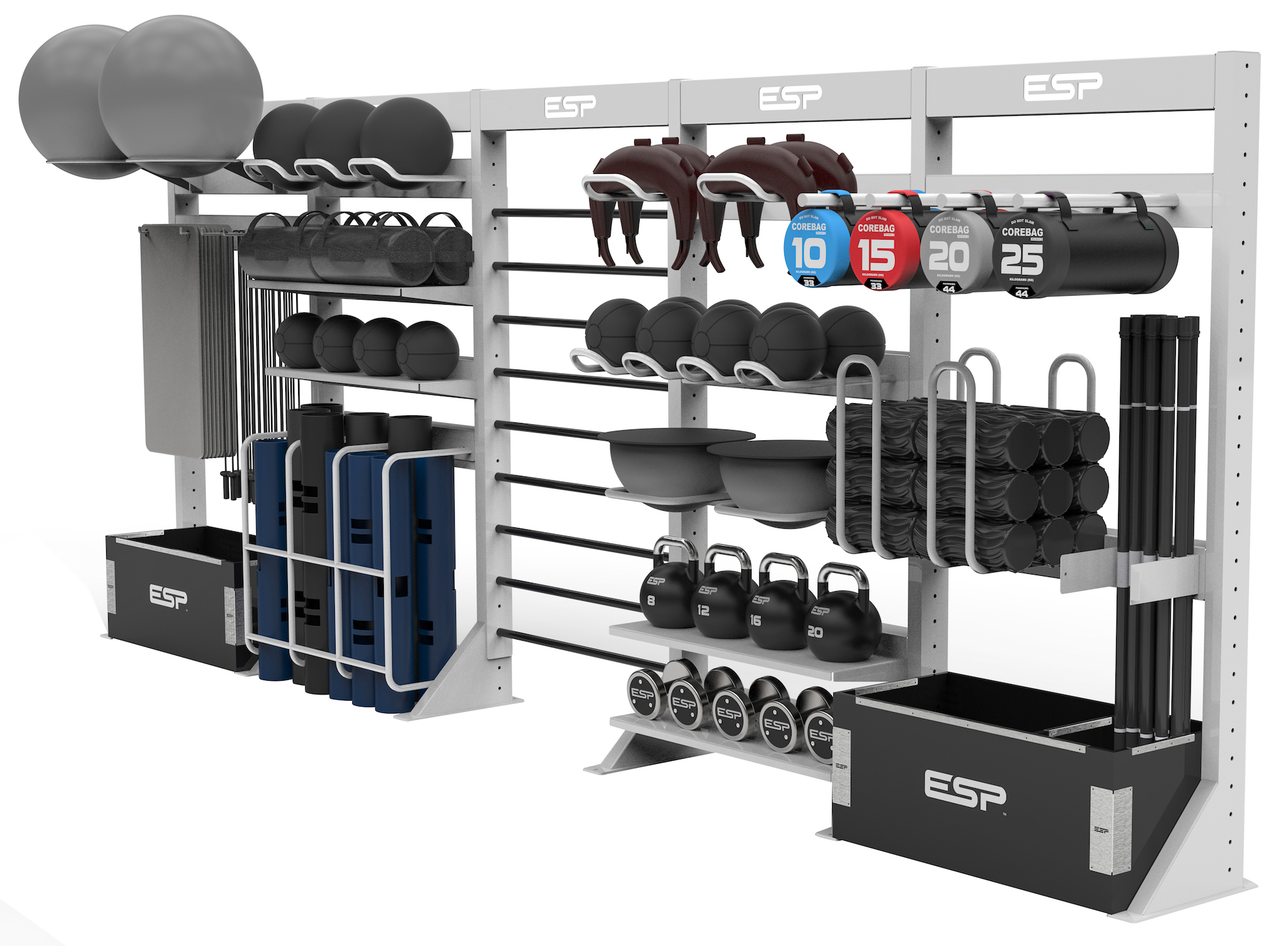






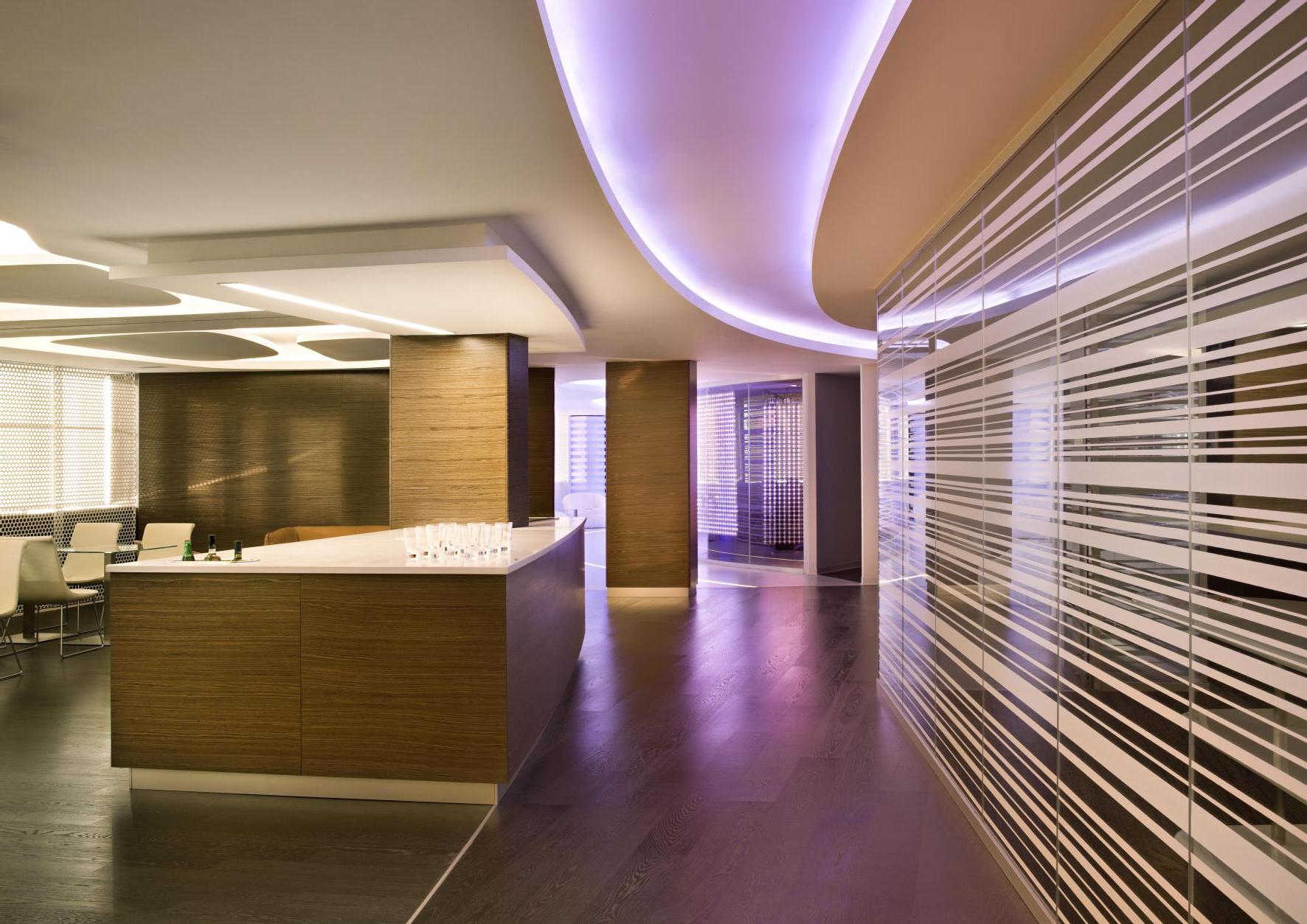





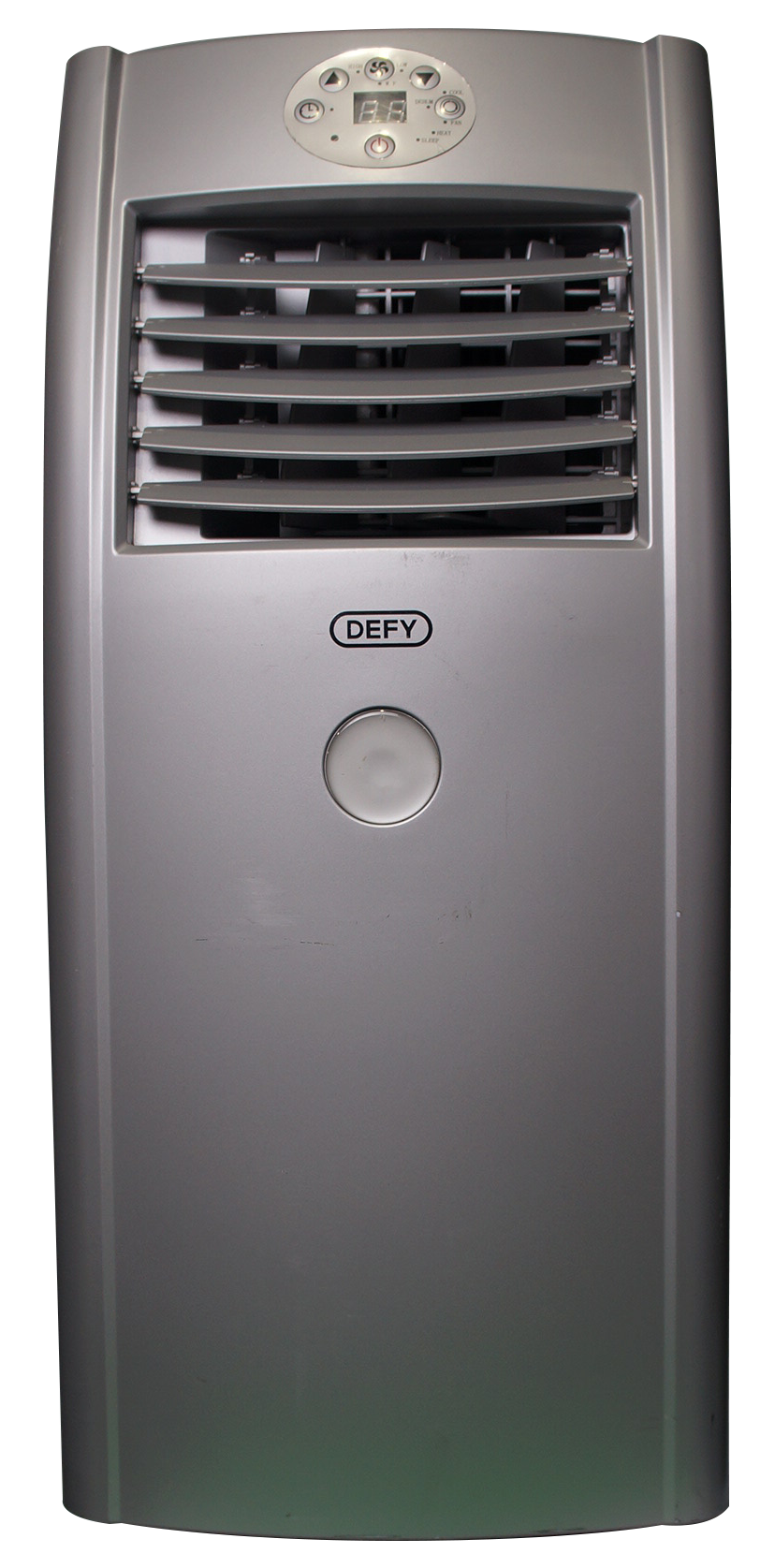

/appliancesalexeydudoladovGettyImages-171589331-57b37c3c5f9b58b5c2cb819c.jpg)
